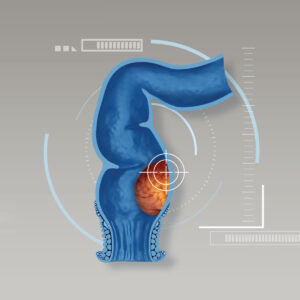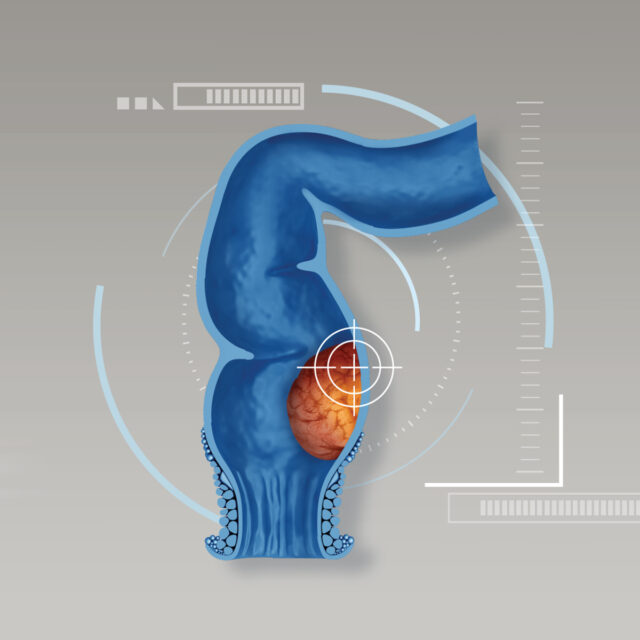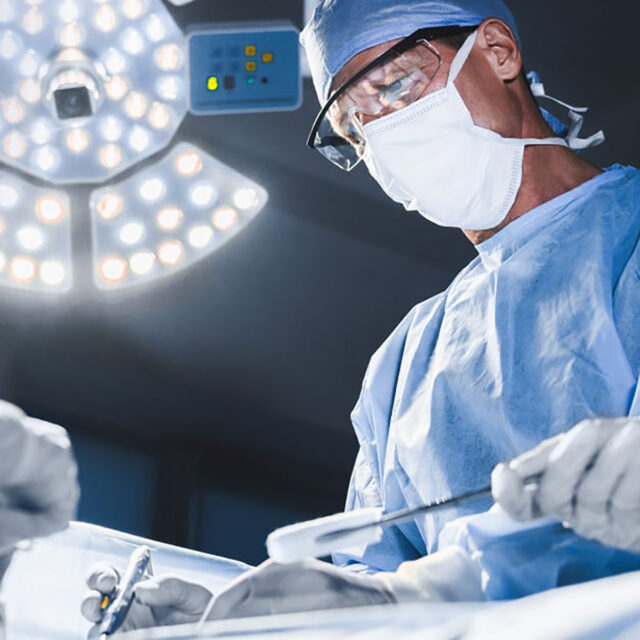How can we detect the pancreatic mass?
- Pancreatic mass is commonly detected by the abdominal imaging, initially by US and confirmed with CT and MRI
- Pancreatic mass may present with symptoms such as jaundice, palpable mass at abdomen, early satiety, and weight loss
- It can be found incidentally from check-up ultrasound or investigations of the other intraabdominal diseases
Which character of pancreatic mass should we concern?
- First, not all pancreatic mass is malignancy
- Pancreatic mass can be either solid and cystic lesions
- Solid mass is more likely to be malignancy, however some of them can still be benign
- Cystic lesion has higher chance to be benign but confirmation of diagnosis is mandatory
How can we diagnose the pancreatic mass?
- Both CT scan and MRI can differentiate and diagnose lesion with accuracy of 85 – 90%
- Tissue diagnosis is not necessary in every patient but is helpful in patient with indeterminate diagnosis or advanced stage of disease
- For pancreatic cyst, endoscopic ultrasound with cyst fluid aspiration and analysis will be helpful to diagnose accurately
Does size matter?
- Depending on the nature or diagnosis of pancreatic mass
- Surgical treatment is recommended in resectable pancreatic cancer or high risk of malignant-potential lesions
- Some solid tumors with malignant risk such as pancreatic neuroendocrine tumor, surgical resection is recommended in lesion >2cm, biopsy is advised if lesion is less than 2cm to evaluate cell type and select the proper treatment
- For cystic lesions, all malignant cysts should be removed. Small cysts without high-risk findings can be treated conservatively with close surveillance
What are the prognosis and the risk factors of pancreatic cancer?
- Pancreatic cancer is one of the worst malignancies with poor overall survival. Majority are advanced disease only about one-fourth is resectable.
- Some of the risk factors are related to your lifestyle including obesity, smoking, alcoholic drinking which may later cause chronic pancreatitis and diet types such as meats, cholesterol, fried foods and nitrosamines
Should we remove or keep the pancreatic mass?
- All pancreatic masses which malignancy is confirmed by either radiological findings or pathology, or both, surgical resection is recommended
- For the indeterminate lesion with low malignant risk, specialist consultation is recommended to carefully evaluate and select the proper treatment
If surgery is mandatory, what type of surgery should be selected?
- The location of affected part of the pancreas is used to appropriately select surgical technique
- To surgically remove pancreatic body and tail, without contraindication, laparoscopic distal pancreatectomy had good oncologic outcome and fasten recovery time, shorter hospital stay and less postoperative pain, comparing with open surgery, might be preferred
- If the mass is located at the pancreatic head, open surgery as a conventional approach remains the first line, laparoscopic pancreaticoduodenectomy, a relatively new procedure that takes longer operative time due to high degree of difficulty and complexity, might be considered if conducted by highly experienced and well -trained surgeons
How can we prevent the pancreatic cancer?
- Eating healthy food including fruits and vegetables to reduce risk
- Stay healthy, exercise regularly and weight control
- Stop smoking and limited alcoholic drinking
- If you have abnormal symptoms such as abdominal pain, jaundice, palpable abdominal mass, early satiety or weight loss, early consultation with specialist will be most benefit to solve the problem and plan for the best treatment
“Surgery of hepatobiliary and pancreatic system is complicated.
As a specialist of this field,
I dedicate myself to take the best care of my patients and use my perseverance to achieve the successful outcomes.”











